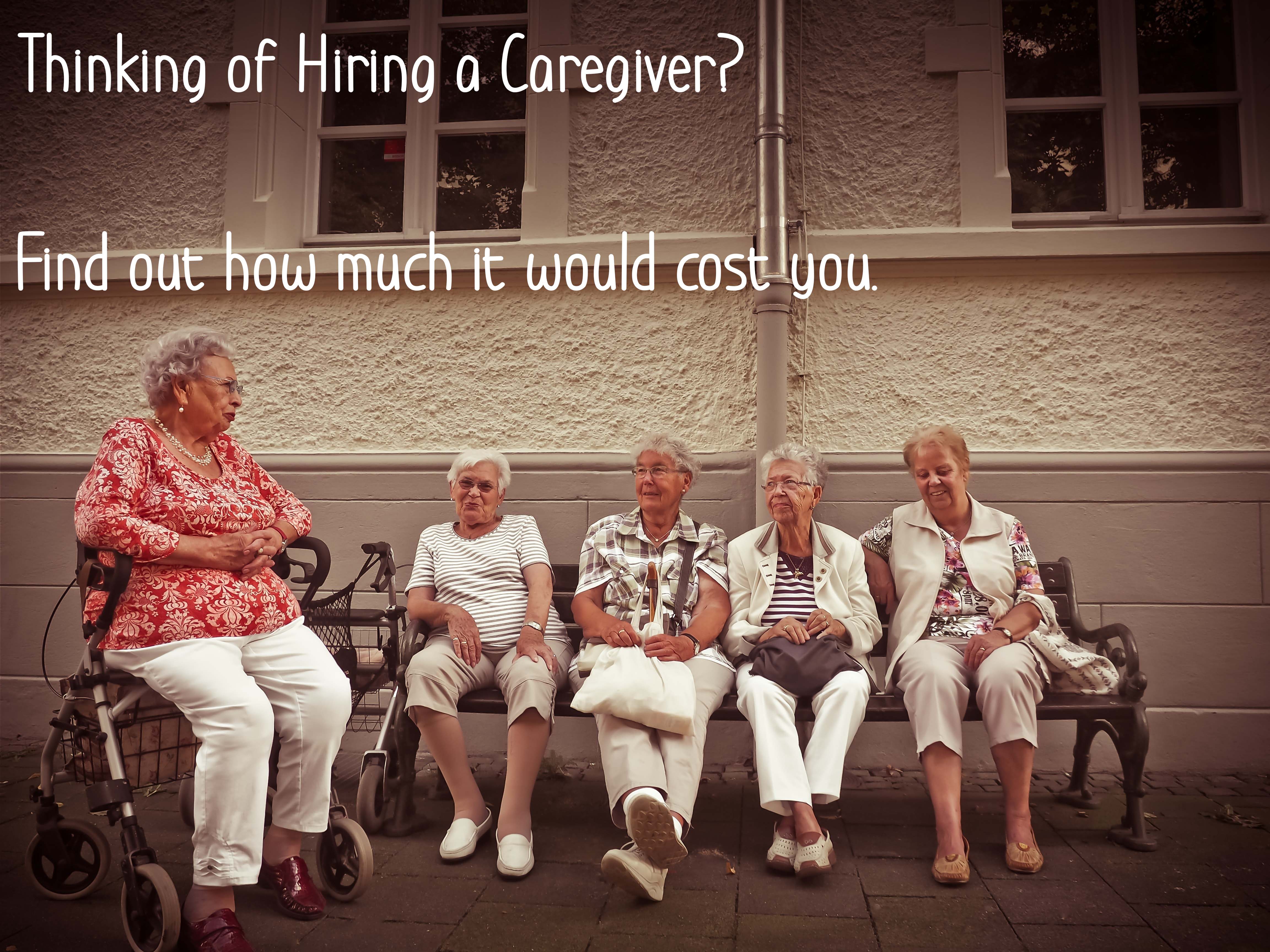“Le Déjeuner,” an early painting by Claude Monet, isn’t particularly remarkable when compared to some of his other works. His “Les Nymphéas” series, for instance, includes nearly 250 large-scale oil paintings of the water lilies at his flower garden in Giverny. From his Thames-facing room in London’s Savoy Hotel and from a terrace at Saint Thomas’ Hospital across the river, Monet also painted his famous “Série des Parlements de Londres”—nearly 100 versions of the Houses of Parliament, playing with reflections, perspectives, shadows, and color schemes.
But “Le Déjeuner” is a simple painting. It depicts lunch at a country home. There is a silver teapot, a glass, and a bowl of fruit on the table. A child sits on the ground nearby. A woman in a white dress glides past in the background. The painting merely shows a slice of a bourgeois family’s afternoon.
Yet it is beautiful for its very mundaneness. The usually humdrum act of taking lunch is elevated because it is rendered with detail, because it is frozen in a grand tableau.
Beauty tends to feel like something that must be found in special places—parks and museums, galleries and exotic cities. Lunch is not a place one would normally think to look. But finding beauty in normal activities can bring deep happiness to life, studies show.
In a paper titled, “Untangling What Makes Cities Livable: Happiness in Five Cities,” Abraham Goldberg, a professor at University of South Carolina Upstate, and his team conducted a statistical analysis of happiness in New York City, London, Paris, Toronto, and Berlin. They analyzed earlier Gallup happiness surveys and collected their own data, and found that people’s happiness was coming from an unexpected place.
The usual markers of happiness are colloquially known as the “Big Seven”: wealth (especially compared to those around you), family relationships, career, friends, health, freedom, and personal values, as outlined by London School of Economics professor Richard Layard in Happiness: Lessons from a New Science. According to the Goldberg study, however, what makes people happiest isn’t even in the Big Seven. Instead, happiness is most easily attained by living in an aesthetically beautiful city. The things people were constantly surrounded by—lovely architecture, history, green spaces, cobblestone streets—had the greatest effect on their happiness. The cumulative positive effects of daily beauty worked subtly but strongly.
In an attempt to measure this daily happiness, George MacKerron, now a lecturer at the University of Sussex, created an iPhone application called Mappiness when he was a graduate student at the London School of Economics. More than 45,000 people now use it, and the concept is simple: The app beeps twice a day and asks a series of questions, such as: How happy are you feeling? How awake do you feel? How relaxed are you? Then it asks another set of questions question to contextualize your situation: Who are you with? Are you inside or outside? As you’re answering these questions, the app tags your location via GPS, and the whole process only takes about 20 seconds. Deceptively simple, the answers to these questions provide a lot of information on happiness. The times that people recorded the highest levels of happiness and life satisfaction were during sexually intimate moments (on a date, kissing, or having sex) and during exercise (when endorphins are being released).
But the next three types of moments where people recorded the highest levels of happiness were all related to beauty: when at the theater, ballet, or a concert; at a museum or an art exhibit; and while doing an artistic activity (e.g. painting, fiction writing, sewing). Even sexually intimate moments could be argued to be rooted in beauty: Presumably, people think their partners are beautiful.
But what about beauty links it to happiness?
In The Architecture of Happiness, Alain de Botton weighs the feeling of walking into an “ugly” McDonalds in the Westminster area of London compared to the feeling of entering the “beautiful” Westminster Cathedral across the street. He says that because of the harsh lighting, the plastic furniture, and the cacophonous color scheme (all those bright yellows and reds), one tends to feel immediately “anxious” in the McDonalds.
What one feels in the Westminster Cathedral, however, is a calmness brought on by a series of architectural and artistic decisions: the muted colors (greys and bleak reds), the romantic yellow lighting that bursts out onto Victoria Street, the intricate mosaics, and the vaulted ceilings. Although the Westminster Cathedral has the same principle elements of architecture as the McDonald’s—windows, doors, floors, ceilings, and seats—the cathedral helps people to relax and reflect, where the fast food restaurant causes one to feel stressed and hurried.
It seems part of humans’ appreciation of beauty is because it is able to conjure the feelings we tend to associate with happiness: calmness, a connection to history or the divine, wealth, time for reflection and appreciation, and, perhaps surprisingly, hope.
“Beauty manifests a hope that life would be better if the object of beauty were part of it,” writes Princeton philosopher Alexander Nehamas in Only a Promise of Happiness: The Place of Beauty in a World of Art.
He weighs both sides, writing, “We may discover misery in pursuit of beauty, or find that beauty offers no more than a tantalizing promise of happiness. But if beauty is always dangerous, it is also a pressing human concern that we must seek to understand, and not suppress.”
The most common explanation for the connection between happiness and beauty is based on economics and evolution. In one study, a Yale professor of economics found that being beautiful adds to one’s overall life happiness by a ratio of about one to 10, so that participants deemed beautiful by a standardized Western beauty scale gained one increment of happiness for every 10 increments of beauty that they were ranked above the average. The reason for this, the paper concludes, is that prettier people tend to make more money, and it is this financial leg up that affords beautiful people great happiness. From an evolutionary standpoint, beauty can make us happy because attractiveness implies health, which in turn implies strong reproductive capabilities, which allows us to attract more successful mates.
People’s physical beauty can help with dating and often it spells a path to economic success. But the beauty around us—the sky-high nave of the Westminister Cathedral, the ability to appreciate a simple lunch—offers hope that life can inch closer to perfection.
“So long as we find anything beautiful, we feel that we have not yet exhausted what [life] has to offer,” writes Nehamas. “That forward-looking element is … inseparable from the judgment of beauty.”
Beauty often starts with something small. For the participants in the Goldberg study, it is about the appearance of a city; in the Monet painting, it is the appreciation of eating in the countryside; for Plato and many other philosophers, beauty is about achieving knowledge. But just because beauty can begin with the appreciation of colors, cuisine, and colonnades does not make it a superficial pursuit. As the 18th-century French writer Stendhal wrote, “Beauty is the promise of happiness.”
This article available online at:
http://www.theatlantic.com/health/archive/2014/08/the-beauty-happiness-connection/375678/















Comments 0